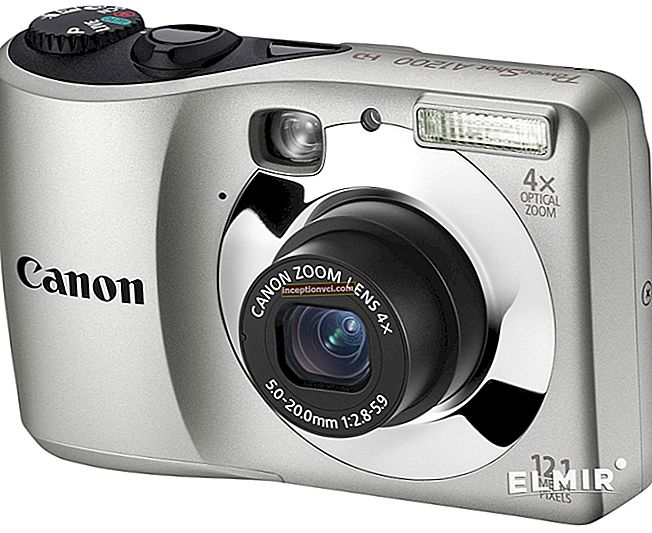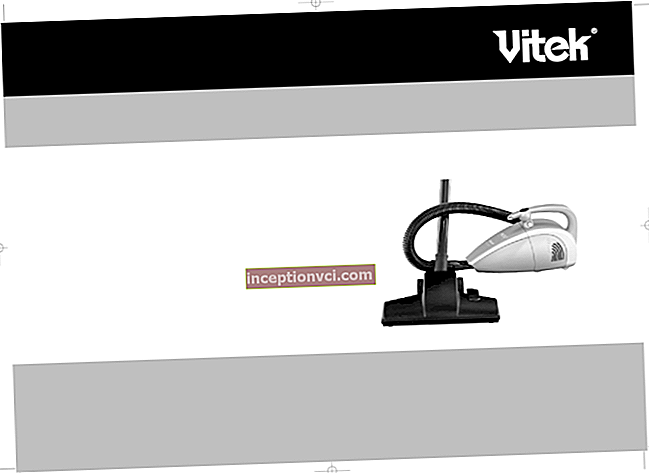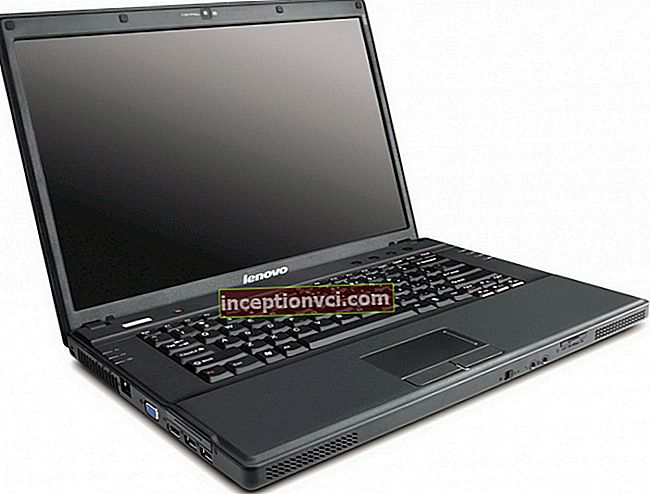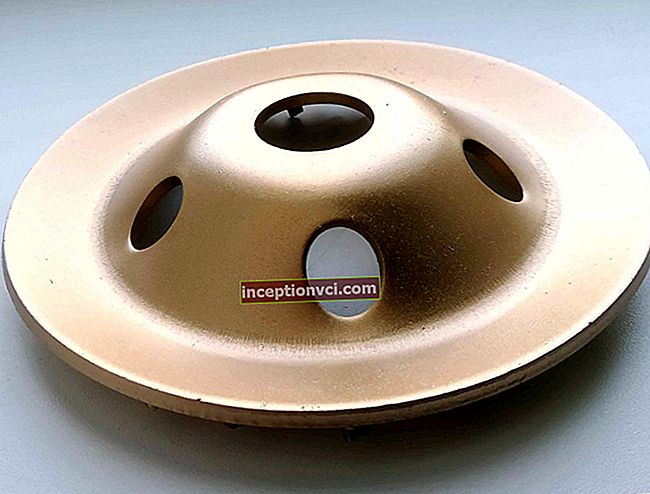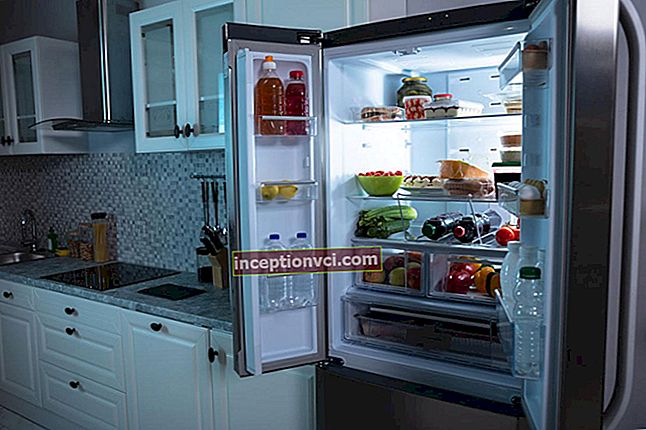Translated from the French Pissoir, a urinal is a simplified toilet bowl for urinating.
The bowl "saves" the floor in the toilet from gold splashes and drips. After all, well-aimed "shooters" in the daytime with fire cannot be found, and the bowl is designed in such a way that it solves this problem at once. And two: in a war with the female half of the family for a raised toilet seat.

It is believed that the urinal is a man's closet. However, female urinals are also not uncommon. Ladies use them when it is difficult to sit down: for example, during long periods of pregnancy or after childbirth - with ruptures of the perineum and pain in the tailbone. A children's urinal for boys is a great help when they are taught to use the toilet.
Kids are afraid to fall through, they are alarmed by the splash of water. A portable urinal solves these problems. The main thing is to choose a suitable design: some models are attached to the toilet, others to the wall in the form of removable bowls. It is easier for a child to get used to peeing a small need if the urinal is stable, made of sturdy plastic and with a wide base.
How to choose a urinal and not be mistaken
It is easier to decide on the purchase of a sacred bowl by four parameters.
By installation type: wall or floor
Suspended (wall) is more readily bought in an apartment, it does not take up much space, since it is attached to the installation. Epoxy glue or dowels are suitable for installation, with the help of which the device is fixed through the "ears". Depending on the type of sinks, the drain can be hidden or open - with a horizontal (into the wall) water outlet. The flush valve for such a model is located at the top and is connected to the water supply. From the tap, water enters the distribution channel and, when flushed, washes the walls of the bowl. The outlet is at the bottom. It also leads to the sewers.

The urinal has a floor mount to the sewer pipes through a water seal. It hides in the floor, and the joints of the branch pipe and the outlet of the siphon are treated with sealant or asbestos cement. The outlet can be vertical or horizontal. If desired, use a fitting to unfold to the wall.
Water supply
The side and bottom connections are designed for exposed products. It is not difficult. But the rear and top supply is provided only for hidden installation, which is more complicated. And more reliable.
Waterless urinal: no need to flush
We are used to flushing the water so that it doesn't stink. Waterless models have a different principle of odor protection. There are two types - membrane and with a barrier liquid siphon.
- A valve with a membrane tightly closes the drain and prevents the spread of odors. Opens only when wet. So the sewer will not clog, the membrane will not let anything inside except moisture.
- Barrier fluid is lighter than urine and water. She, like a filter, passes urine through herself into the sewer and blocks the stench.
By drain mode
Urinals are divided into three categories: see table.
| Manual draining | Semi-automatic | With automatic flush |
| We'll have to turn the tap | Press the button or lever | The sensor is triggered as soon as it is needed, or as soon as it leaves the sink |
By bowl material
- Sanitary ware bowls are "baked" from clay and covered with enamel spraying. They are snow-white, but porous earthenware absorbs dirt well, so when choosing, slide your fingers under the rim. Feel rough, don't buy. These places will become breeding grounds for germs, fungi and odors.
- Sanitary porcelain urinals are also made from clay, but feldspar is added. Such products are stronger and without defects in the enamel coating. They are more durable.
Watch the video how Jika Golem works with a radar sensor



